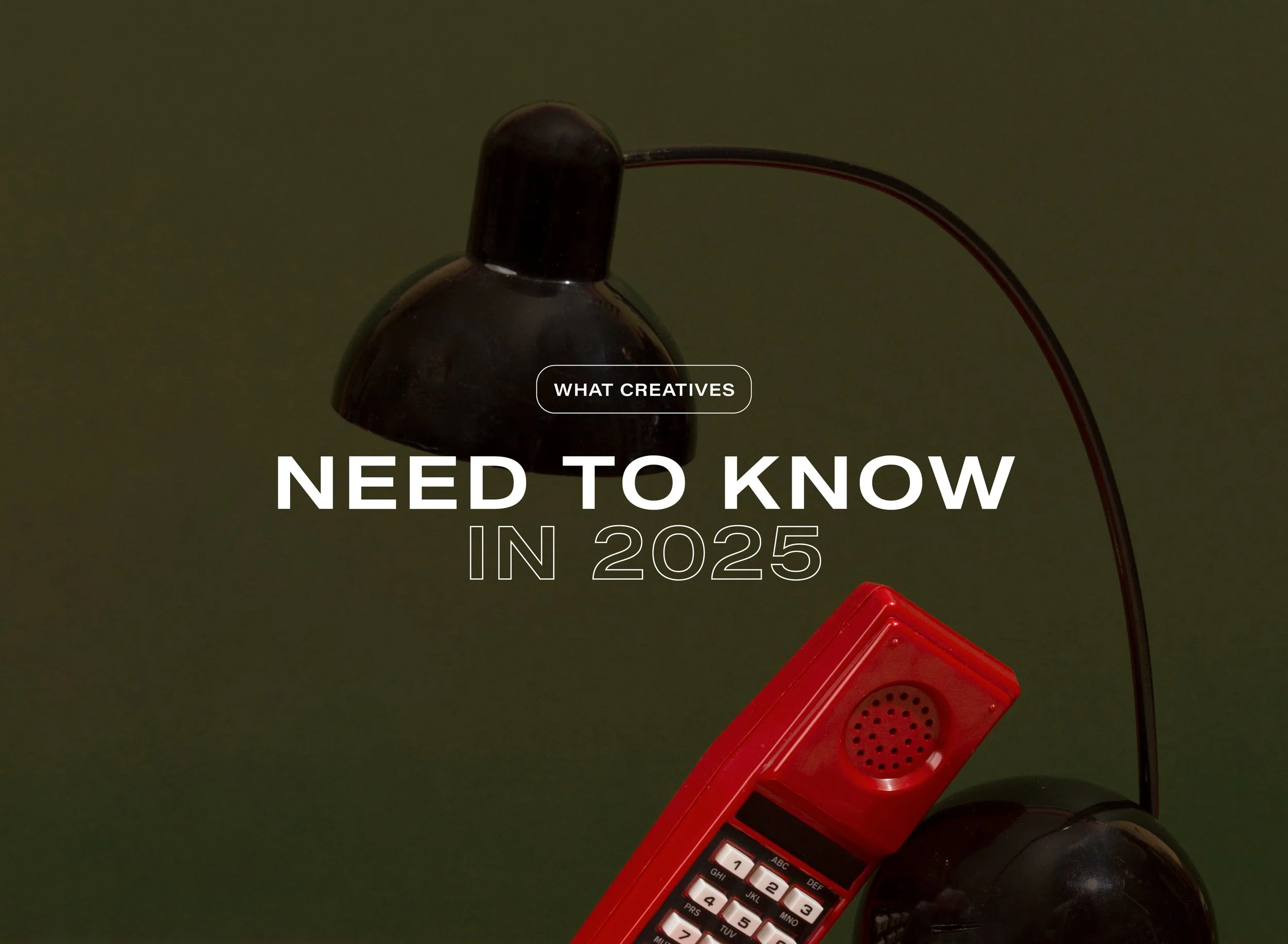COPYRIGHT IMPLICATIONS & AI
Artificial intelligence has transformed how we create — from generating images and copy to speeding up design workflows. But as AI tools become more powerful, the lines around copyright, ownership, and ethical use are getting increasingly blurry. Whether you’re a designer, writer, brand owner, or business working with creative assets, understanding how copyright applies to AI isn’t optional anymore — it’s essential.
SO, WHO OWNS AI-GENERATED WORK?
One of the biggest questions: Can AI-generated work be copyrighted? In most countries (including Australia), copyright protection only applies to works created by a human author. That means:
Purely AI-generated content is generally not protected by copyright.
You can use it, but so can anyone else, because AI output usually doesn’t qualify as original human authorship.
However, if a human contributes enough creative input — for example, compositing, editing, or heavily directing the output — then the human-created components may be eligible for copyright. The threshold varies by country, and the law is still evolving.
TRAINING DATA: WHERE IT GETS LEGALLY MESSY
AI systems learn from massive datasets that may include:
Images
Text
Audio
Videos
Many of these materials are copyrighted. This has raised questions like:
Was the data used legally?
Did creators give permission?
Can AI outputs infringe on original works?
Several global lawsuits argue that training an AI on copyrighted material without permission may violate copyright or licensing agreements. While courts haven’t reached full consensus yet, this is one of the most heavily debated legal issues in tech today.
For users, this means:
You may unknowingly generate content resembling a copyrighted work.
Always check that your AI output doesn’t unintentionally mimic specific artists or brands.
STYLE MIMICKING: LEGALLY GREY, ETHICALLY QUESTIONABLE
A more controversial aspect of AI is its ability to replicate the style of real artists.
For example:
“Create an illustration in the style of X famous illustrator.”
While style itself can’t be copyrighted, mimicking it through AI raises ethical concerns and may soon be governed under emerging “style rights” or “personality rights” laws. Some platforms are already banning prompts that directly target living artists’ styles.
WHERE COPYRIGHT AND AI ARE HEADING
We’re likely to see:
Clearer legal definitions of “AI authorship”
Licensing frameworks for training data
Rights for artists against unauthorised style imitation
AI-specific copyright reforms in Australia, Europe, and the U.S.
More transparent AI models showing exactly what data they were trained on
AI will remain a powerful creative tool, but the rules around ownership and originality are shifting quickly.
AI BEST PRACTICES FOR YOUR BUSINESS
Do:
Add substantial human input to AI-assisted work.
Use AI as a tool, not a final deliverable.
Keep records of prompts, iterations, and edits.
Run visual and text similarity checks before publishing.
Read the AI platform’s usage and licensing policy.
Don’t:
Generate assets that imitate real artists or brands.
Assume AI output is legally safe by default.
Bypass licensing when using AI images or text in commercial work.

